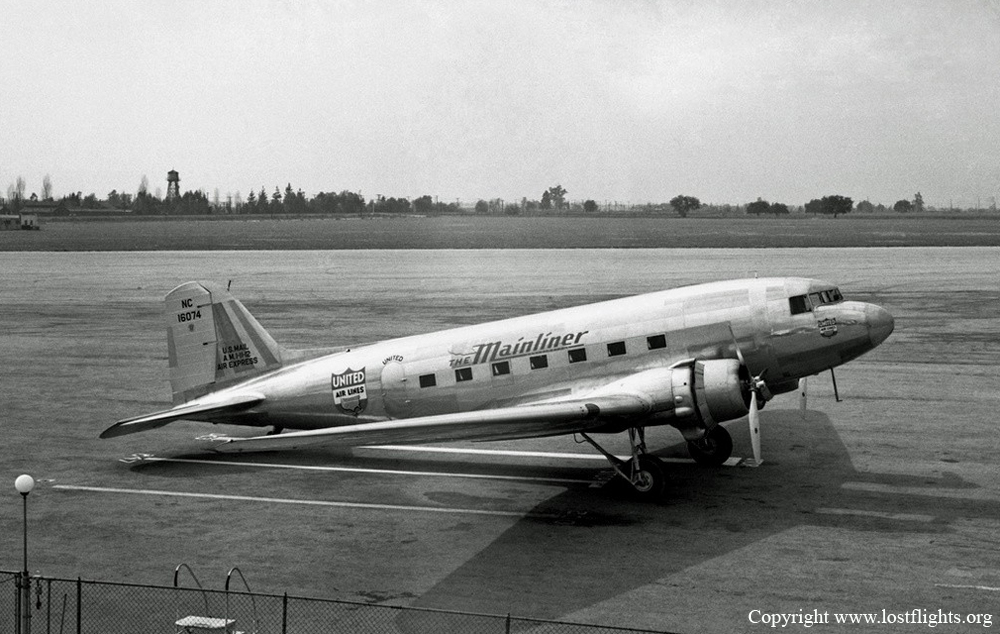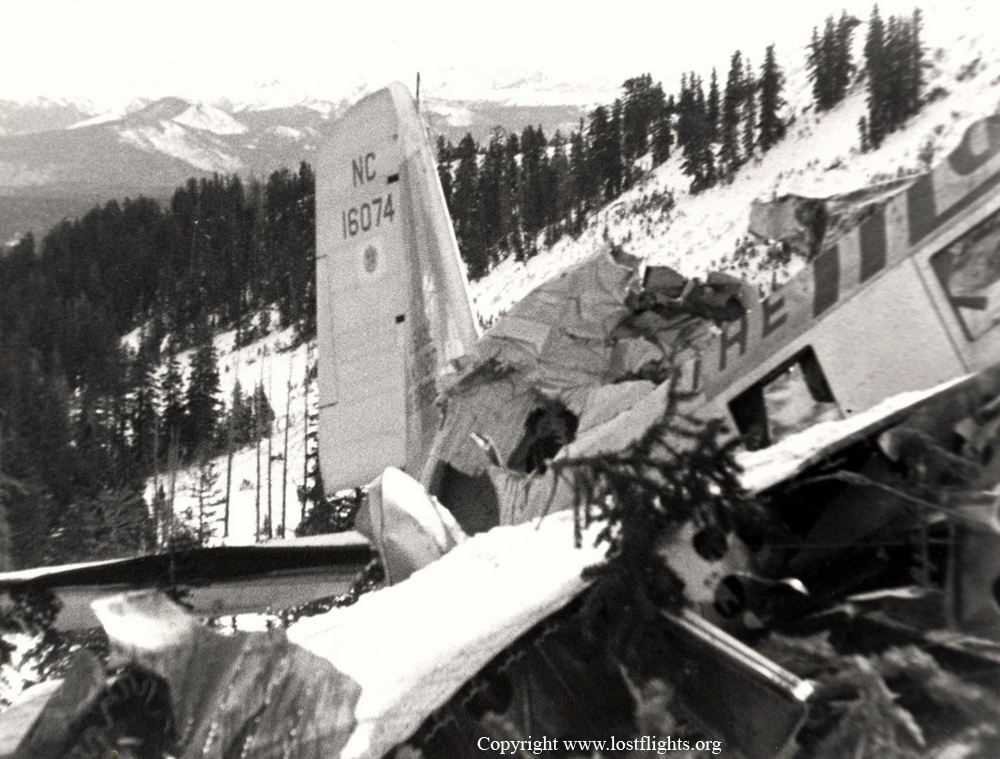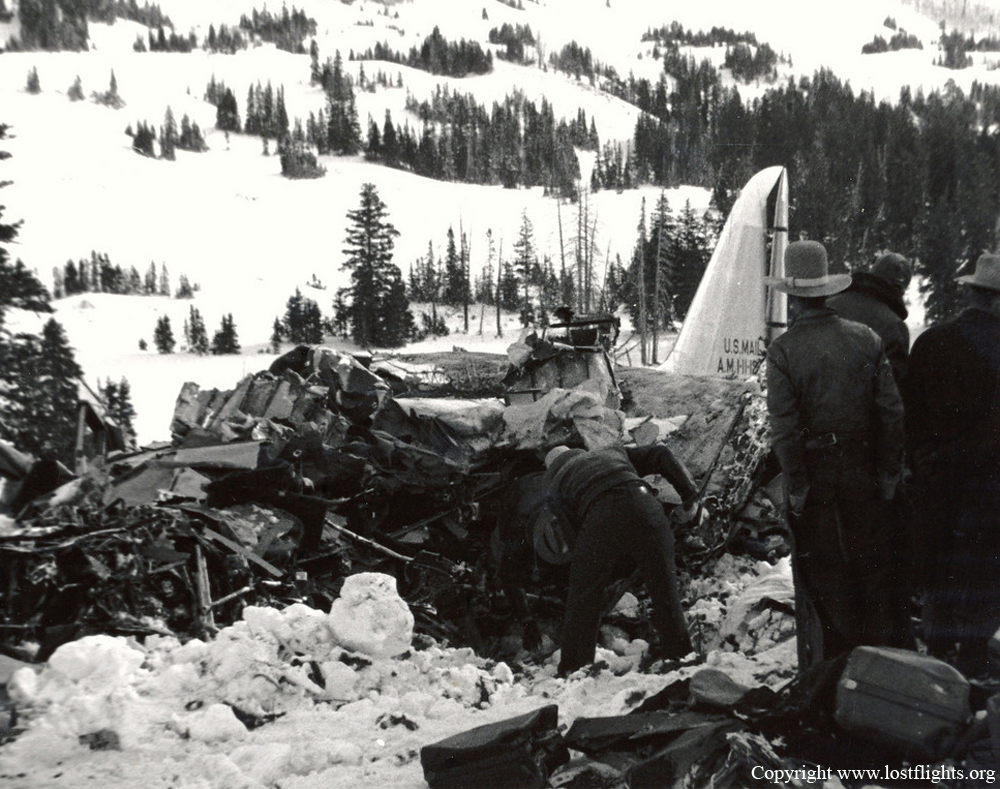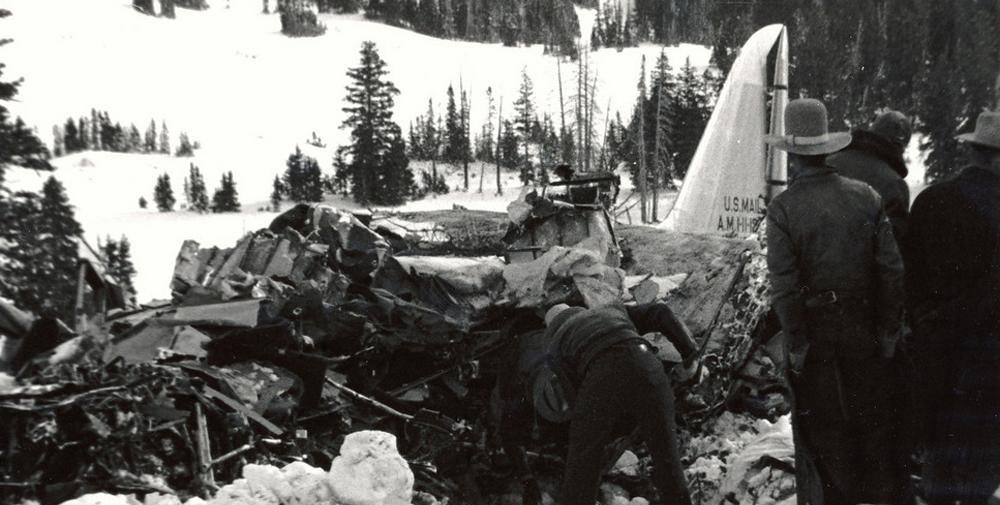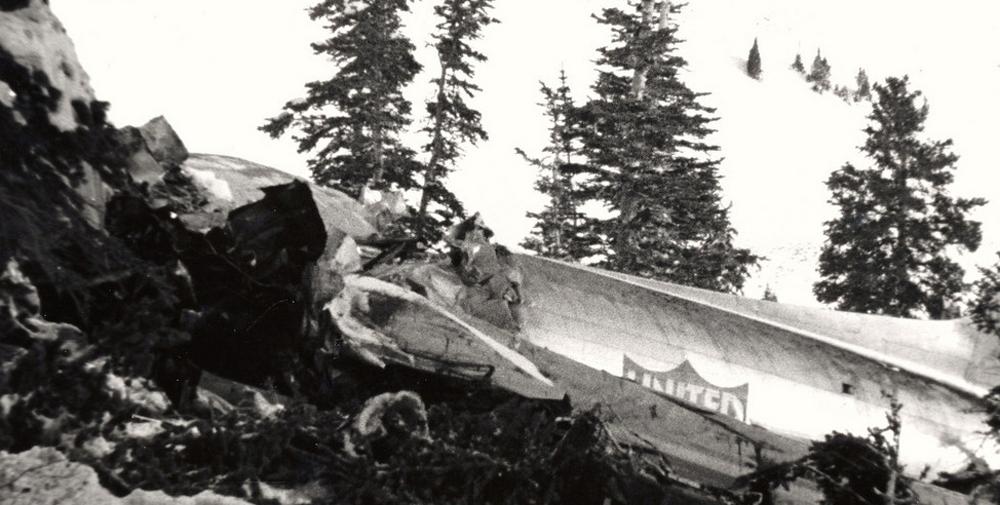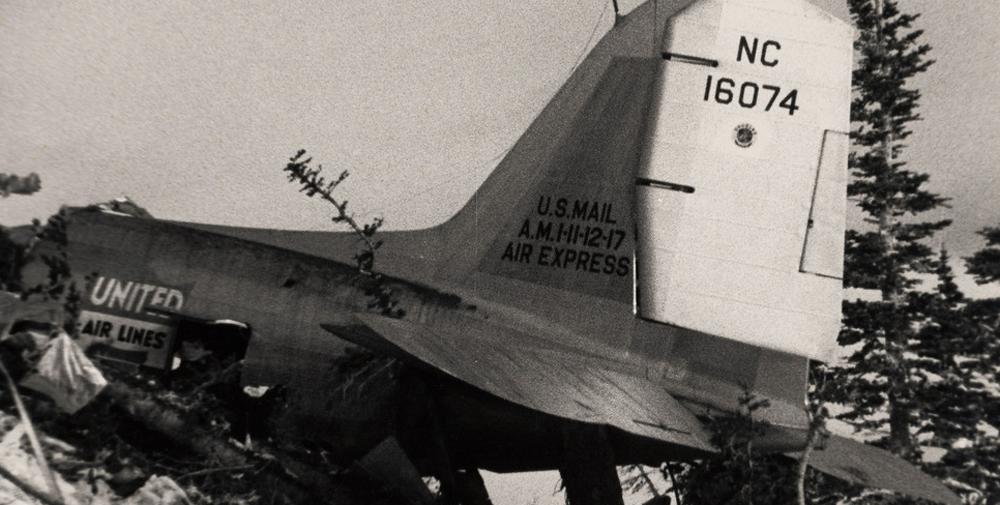Date & Time:
Oct 17, 1937 at 2100 LT
Type of aircraft:
Douglas DC-3
Registration:
NC16074
Flight Phase:
Flight
Flight Type:
Scheduled Revenue Flight
Survivors:
No
Site:
Mountains
Schedule:
Newark – Chicago – Cheyenne – Salt Lake City – Los Angeles
MSN:
1914
YOM:
1936
Flight number:
UA001
Country:
United States of America
Region:
North America
Crew on board:
3
Crew fatalities:
3
Pax on board:
16
Pax fatalities:
16
Other fatalities:
0
Total fatalities:
19
Circumstances:
While cruising at an altitude of 10,000 feet at night and in bad weather conditions, the pilot tried to contact ATC without any success. He could not receive any signal from the regional beacons and decided to continue ahead to Salt Lake City Airport. Few minutes later, in low visibility, the aircraft impacted the slope of Haydens Peak located 81 km east from Salt Lake City and 32 km southwest from Knight. The aircraft was destroyed by impact forces and all 19 occupants were killed.
Crew:
Earl D. Woodgerd, pilot,
John B. Adams, copilot,
Leah Derr, stewardess.
Passengers:
George Ferreira,
Phyllis Ferreira,
Louis Cleaver,
Ralph McKeown,
John Conroy,
Charles D. Renouf,
W. Pischell,
William Pitt,
J. Percola,
Mrs. C. Pritchett,
D. A. McMillan,
Mrs. J. Hammer,
W. J. Hart,
Charles Jamison,
C. L. Jensen,
Dr. L. Gross.
Crew:
Earl D. Woodgerd, pilot,
John B. Adams, copilot,
Leah Derr, stewardess.
Passengers:
George Ferreira,
Phyllis Ferreira,
Louis Cleaver,
Ralph McKeown,
John Conroy,
Charles D. Renouf,
W. Pischell,
William Pitt,
J. Percola,
Mrs. C. Pritchett,
D. A. McMillan,
Mrs. J. Hammer,
W. J. Hart,
Charles Jamison,
C. L. Jensen,
Dr. L. Gross.
Probable cause:
It is the opinion of the Investigating Board that the probable cause of this accident was a combination of the following three factors:
- Static conditions encountered in the last portion of the flight which rendered the reception of radio range signals unintelligible,
- The continuation of the flight into mountainous country at an altitude below of higher mountains without the aid of ground visibility or radio signals to definitely identify position,
- A change in the weather caused by the approach of an unpredicted cold front.
- Static conditions encountered in the last portion of the flight which rendered the reception of radio range signals unintelligible,
- The continuation of the flight into mountainous country at an altitude below of higher mountains without the aid of ground visibility or radio signals to definitely identify position,
- A change in the weather caused by the approach of an unpredicted cold front.
Final Report:
NC16074.pdf1.23 MB
